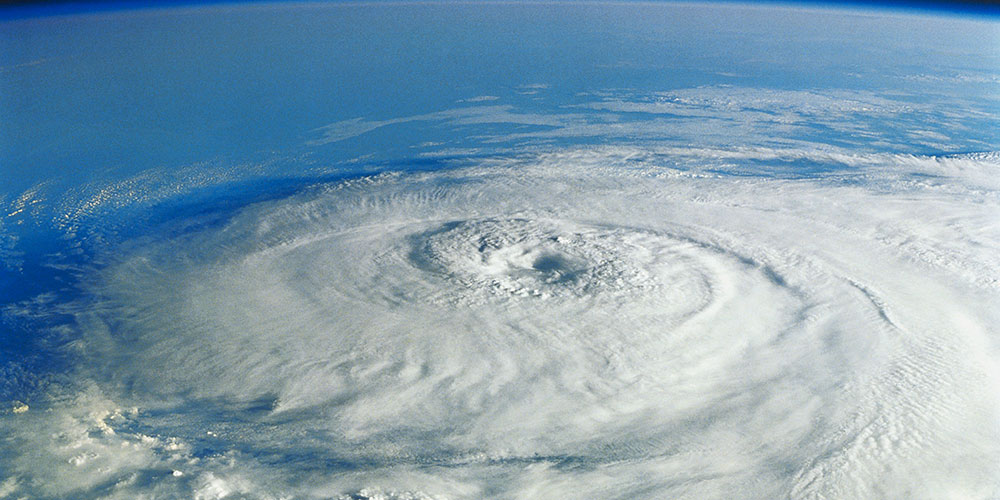Hurricane Season: A Look Back
Despite El Niño, Atlantic Hurricane Season Was Busy
What was supposed to be a near-normal Atlantic hurricane season last year quickly turned busy thanks in part to record-warm sea-surface temperatures.
Typically, during an El Niño year, it is common to see a slower than average hurricane season due to unfavorable atmospheric conditions like stronger winds aloft. However, with Atlantic sea-surface temperatures reading well above average, it has worked against the effects of El Niño and helped fuel tropical activity.
In fact, in August 2023, the National Hurricane Center updated its forecast to call for an above normal season. On top of the busy Atlantic, California was hit with a rare tropical storm, which hasn’t occurred since 1997.
The eastern United States experienced three landfalling tropical systems: Tropical Storm Harold, Hurricane Idalia, and Tropical Storm Ophelia. It was also brushed by Hurricane Lee, although it eventually made landfall in Canada.
Tropical Storm Harold
Harold came ashore in Texas with little fanfare. Idalia roared onshore in Florida’s Big Bend region as a Category 3 storm on August 30, leaving a path of destruction in its wake. NICB was ready to respond after the storm with special agents on the ground and an analytical team tracking claims and any suspicious activity. Much of the East Coast felt the effects of Hurricane Lee, mainly in the form of rough seas. After technically losing its tropical characteristics, it became a post tropical cyclone as it battered the coast of New England with high winds and coastal flooding before moving into Canada. Tropical Storm Ophelia was oh-so-close to becoming a hurricane with winds just under the threshold at 70 mph. It made landfall near Emerald Isle, North Carolina, bringing destructive waves and storm surge. Ophelia was a large system that brought rain and coastal flooding all the way up to New Jersey.
Hurricane Hilary
On the West Coast, Hurricane Hilary formed in the Pacific in mid-August, creating quite a stir. It strengthened to a Category 4 storm but eventually weakened before making landfall in Baja California. While this itself is not uncommon, its path up to the California coast was unusual, prompting the National Hurricane Center to issue its first ever tropical storm warning for that region. Typically, the surrounding environment, such as cool ocean waters and wind patterns, prevent storms from surviving as they move toward southern California. Hilary brought heavy rains, flooding, and even prompted tornado warnings in the impacted area.
2023 was a record-setting year for billion-dollar disasters, according to the National Centers for Environmental Information. Twenty-eight weather/climate disasters with losses over $1 billion ranks 2023 as the year with highest amount on record. Hurricane Idalia accounted for one of the events, along with several other severe weather outbreaks: the fire in Hawaii, four flooding events, and even a winter storm. For comparison, the previous record was 22 events seen in 2020.
El Niño was present through the winter; however, a transition back to La Niña is possible over the summer. El Niño-Southern Oscillation (ENSO) neutral conditions are likely through the spring. The Climate Prediction Center has issued a La Niña watch, which means conditions are favorable for La Niña to develop within the next six months. As a reminder, the presence of La Niña can contribute to a busier-than-average Atlantic hurricane season.
NICB members and law enforcement can access the latest National Catastrophic Event Fraud Threat Assessment, which summarizes the areas most at risk in the United States and what types of fraud to look out for. Intelligence products can be accessed by members via ISO ClaimSearch® (NICB Services > NICB Intelligence Reports). Law enforcement can access applicable reports through either the Law Enforcement Enterprise Portal (LEEP) or Homeland Security Information Network (HSIN) website.
By Cassie LaSorsa
